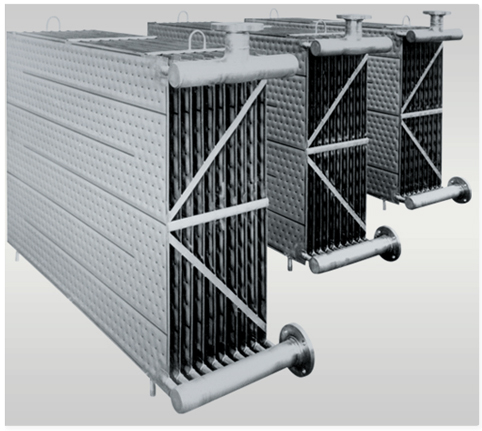What is Ice Storage?
Ice Storage is the process of using a chiller or refrigeration plant to build ice during off-peak hours to serve part or the entire on-peak cooling requirement.
Advantages of Ice Thermal Storage
Advantages of Ice Thermal Storage
• Reduced equipment costs
- Only 60% of chillers and heat rejection equipment required
- Requires only 1/4 to 1/6 of the space required for chilled water storage (3Ft3 /Ton-Hour)
- Requires less chiller plant plan area than instantaneous chiller systems
• Ice Thermal Storage Uses Less Energy
- During daytime, chillers operate at higher supply temperatures and greater efficiency when piped upstream of the ice storage
- At night, chillers operate when ambient temperatures are lower
- Pump and fan energy can be less when colder system supply temperatures are used
Ice Thermal Storage
Reduces Operating Costs
- Reduces air conditioning kW demand by approximately 40%
- Reduces air conditioning kWh by up to approximately 15%
- Reduces electric utility costs
- Large percentage of energy usage is at night
- Daytime energy costs 2 to 5 times more than night time energy
Advantages of Cold Supply Water Temperature
- Smaller distribution pumps and piping
- Reduced pumping power
- Allows for economical building isolation (indirect interface) with smaller heat exchangers
- Provides better dehumidification and indoor air quality(IAQ) 78°F (25.5°C) at 40%
RH is more comfortable than 76°F (24.4°C) at 50% RH
- Cold air distribution
Application for Ice Storage Projects
- Commercial A/C and industrial
- Schools
- Hospitals
- Office buildings
- Internet data centers
- Hotels
- Airports
- Sports venues
- Manufacturing plants
 +91 9320 255 124
+91 9320 255 124
